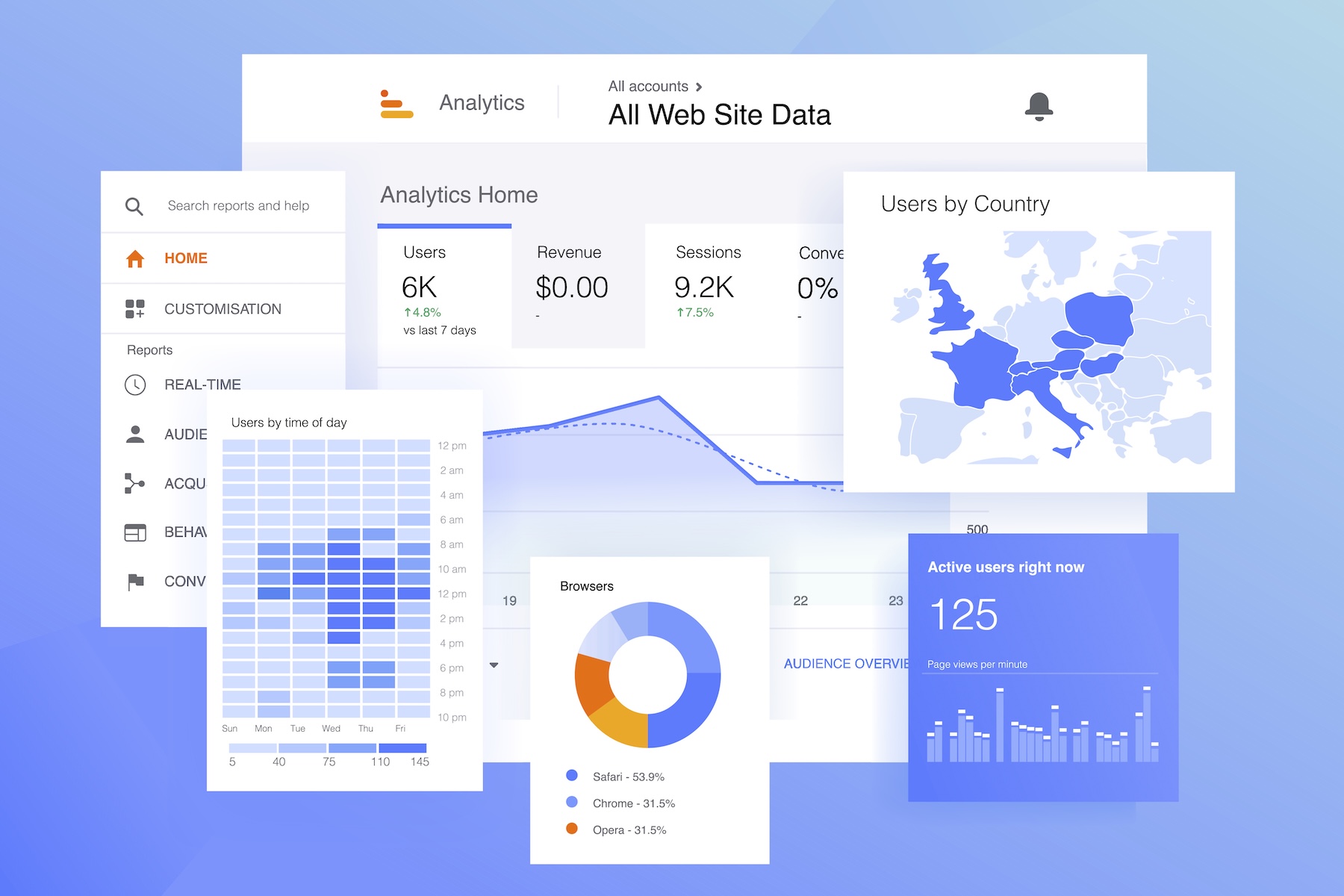SEO success doesn’t happen by accident. Behind every high-ranking page is a wealth of data guiding the strategy. Google Analytics is one of the most powerful tools for understanding what’s working and where to improve. Let’s break down how to use it to refine your SEO efforts.
Set the Stage: Install and Configure Analytics
First, ensure that Google Analytics 4 (GA4) is installed on your site. Double-check tracking codes and set up goals that align with your business objectives, such as newsletter sign-ups or product purchases. Clear goals help Analytics provide meaningful insights into how SEO drives conversions.
Monitor Traffic Sources
In Analytics, traffic is categorized into channels like:
- Organic Search
- Direct
- Referral
- Social
Focus on Organic Search to see which keywords and pages bring visitors from search engines. By understanding which content drives the most traffic, you can refine your strategy to create similar high-performing content.
Bounce Rate and Dwell Time
A high bounce rate often means visitors didn’t find what they were looking for. Pair this with dwell time—how long a user spends on a page—to gauge content quality.
- Fixing bounce issues: Optimize meta descriptions to align with page content and improve page speed.
- Boosting dwell time: Add engaging multimedia like videos or infographics.
Behavior Flow
The Behavior Flow report shows how visitors move through your site. Identify popular paths and refine underperforming ones. For instance, if users drop off a blog post without taking further action, consider adding internal links or compelling CTAs.
Keyword Optimization
Use Search Console data linked to Google Analytics to discover which queries drive impressions and clicks. Are certain keywords underperforming? Tweak content to better address search intent or consider expanding content to include long-tail variations.
Content Performance
Under the Site Content section, identify your top-performing pages. Analyze what makes them successful—be it keywords, visuals, or CTAs—and replicate that formula across other pages.
User Demographics
Google Analytics provides insights into your audience’s age, location, and device use. Tailor your content and design to align with your audience’s preferences. For example, if most users are mobile, ensure your site is fully responsive.
Conversion Tracking
Set up goals like form submissions or product purchases to evaluate how well SEO supports your business objectives. High-traffic pages that fail to convert may need stronger CTAs or a more compelling offer.
Conclusion
Google Analytics is a treasure trove of data for SEO specialists. By interpreting this data and acting on it, you can turn insights into actionable strategies that drive organic growth and business results.

